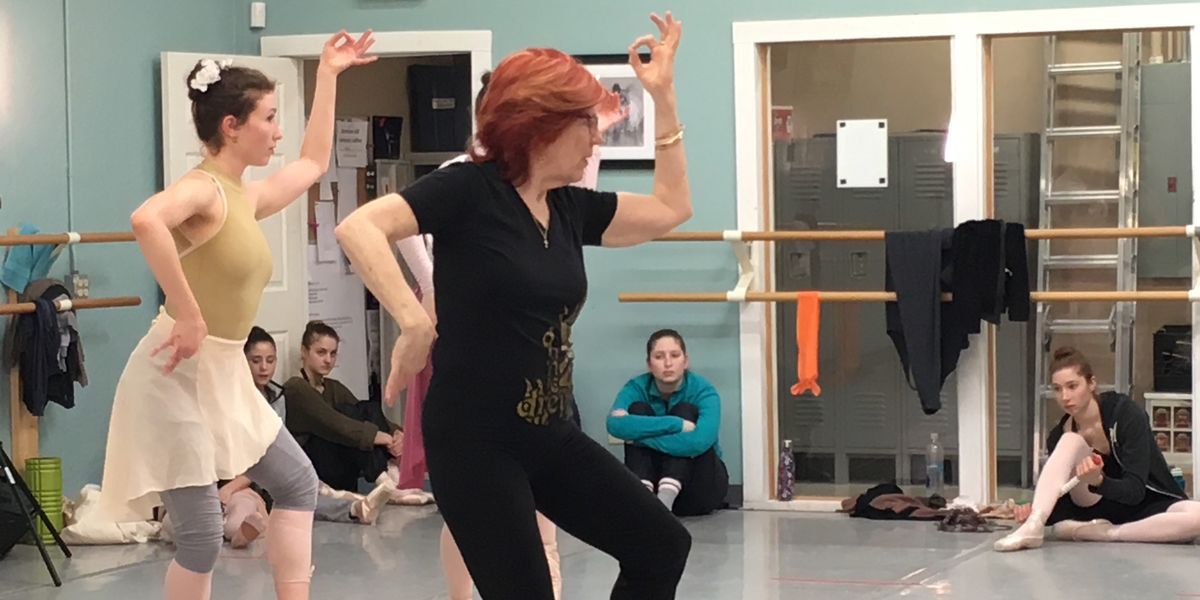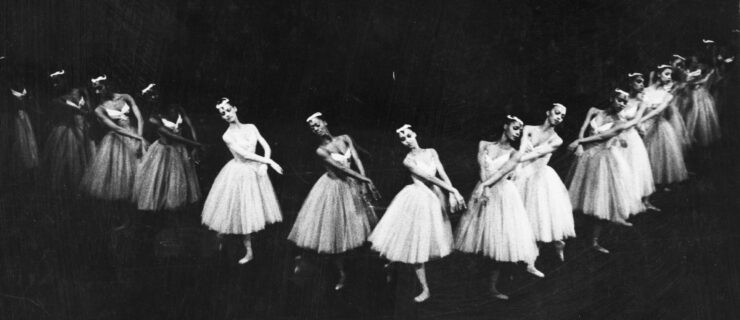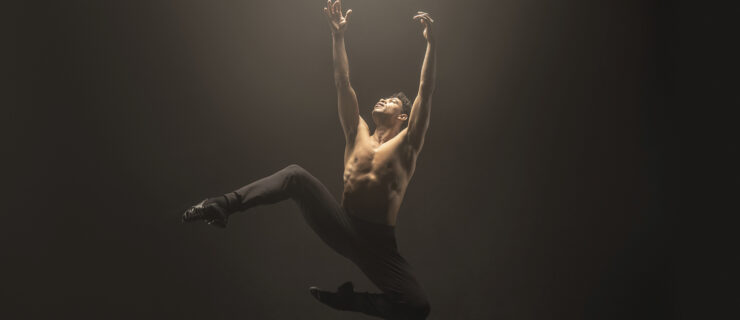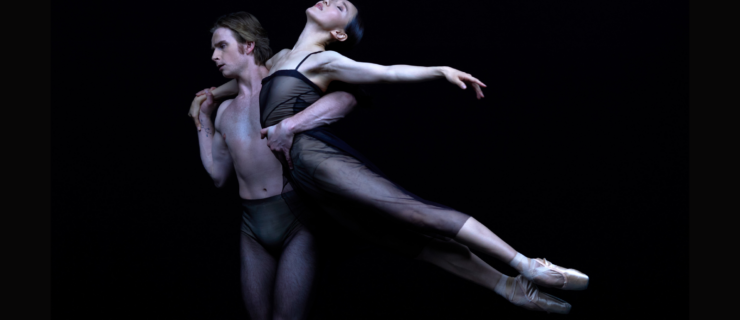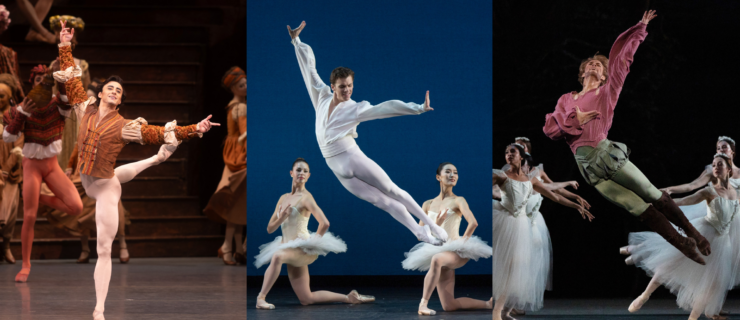What's Cooking at Cleveland Ballet? A Margo Sappington World Premiere—With a Circus Twist
Nearly four decades ago, choreographer Margo Sappington made a long-lasting impression on Gladisa Guadalupe. Back then, Guadalupe was just a 17-year-old member of Venezuela’s Ballet Nuevo Mundo de Caracas, and Sappington was choreographing on the company. Guadalupe told a fellow dancer that, someday, when she had her own company, she’d have Sappington create a ballet on it.
Guadalupe has kept that promise. Now the artistic director of Cleveland Ballet, a 14-member company launched in 2015, Guadalupe has commissioned the 70-year-old Sappington to create a ballet based on Lewis Carroll’s books Alice’s Adventures in Wonderland and Through the Looking-Glass.
An original Sappington creation bodes well for the young company. A former Joffrey Ballet dancer, Sappington is also a Tony nominee who’s choreographed six Broadway shows and numerous works for ballet companies worldwide. Pointe spoke with Sappington about Alice ahead of its May 11–12 premiere at Cleveland’s Ohio Theatre at Playhouse Square.
Prior to this commission, what had you been up to in recent years?
I have been teaching at Steps on Broadway in New York. I also spent two years as artistic director of American Dance Machine for the 21st Century and in 2013 restaged Common People, my William Shatner piece for Kansas City Ballet.
Had you ever done an
Alice in Wonderland ballet in the past?
I had never thought of doing an Alice in Wonderland ballet, but I love to do theatrical things. Alice is a very eccentric story and that is right up my alley.
How are you approaching the ballet?
After seeing the company in October I had an idea of the dancers, what characters I could use and how I could make it different, unusual and specific to Cleveland Ballet. I decided to do the ballet in a circus atmosphere with the action taking place inside a ring.
Why a circus motif?
We don’t have a large corps de ballet, so I didn’t want to do a typical Alice in Wonderland production. In ours, everything is open; there are no drops or curtains. You will see the stagehands, the lights, and the dancers will be onstage all the time. You see them getting ready in the periphery and then coming into character as they step into the ring.
What else is different?
Things are not as literal as in other productions. The White Rabbit is not in a rabbit costume. All the dancers have a base costume from which they put on and take off hats, jackets and such that match their character. The dancers [when not in character] will be working the props and moving scenery, so the audience will get a behind-the-scenes view. We’re not hiding anything.
Is the choreography all classical ballet?
It’s all over. I’ve choreographed the movement to fit each character. I am not using classical ballet for the Caterpillar because I don’t feel he should dance that way. I feel the Caterpillar should be fun.
What music are you using?
Everything from British light classical to popular music—the Caterpillar uses Ravi Shankar music, the Cheshire Cat uses Cole Porter’s “Begin the Beguine” arranged by Esquivel, the White Rabbit uses Mendelssohn’s “Octet” and the finale, Offenbach’s “Can-Can.” I chose those pieces because I thought they were quirky like the Alice books.
How has it been working with this young troupe?
It’s been wonderful. They jumped right in, and right away they were doing really well which is what I love.
